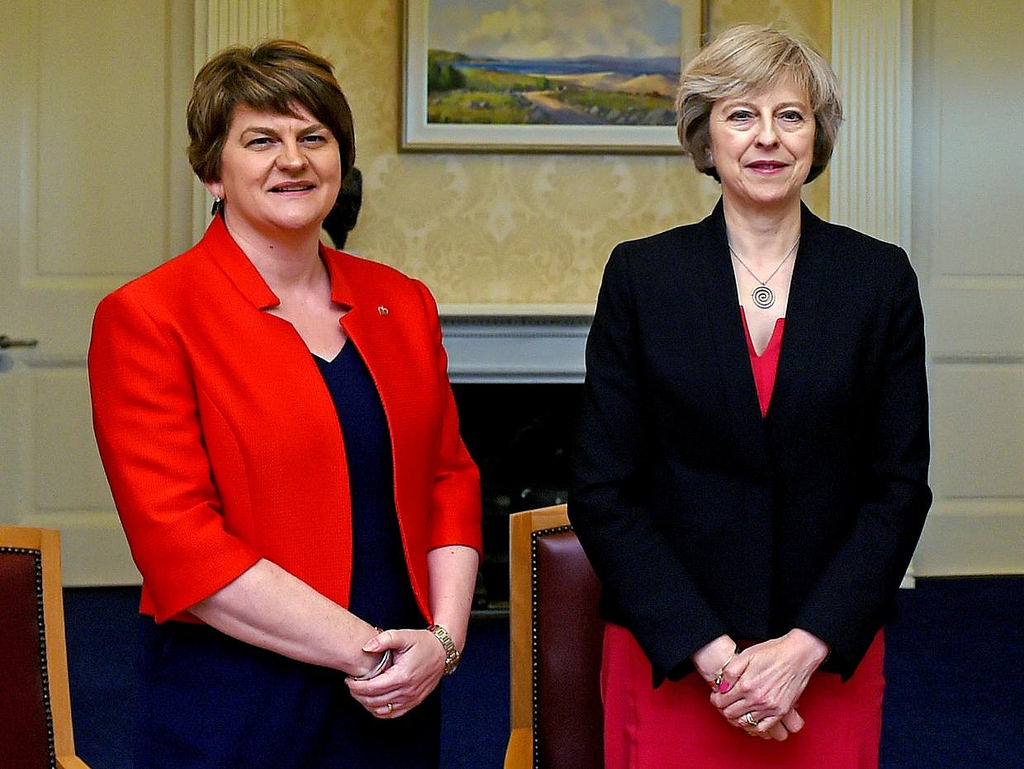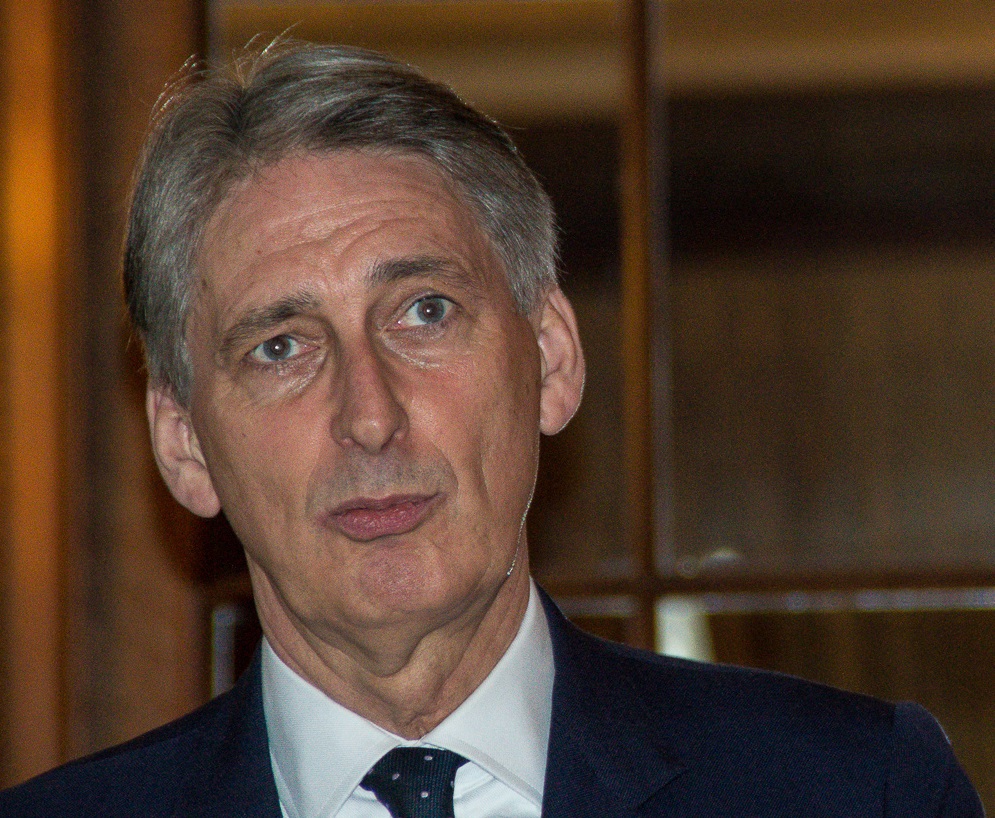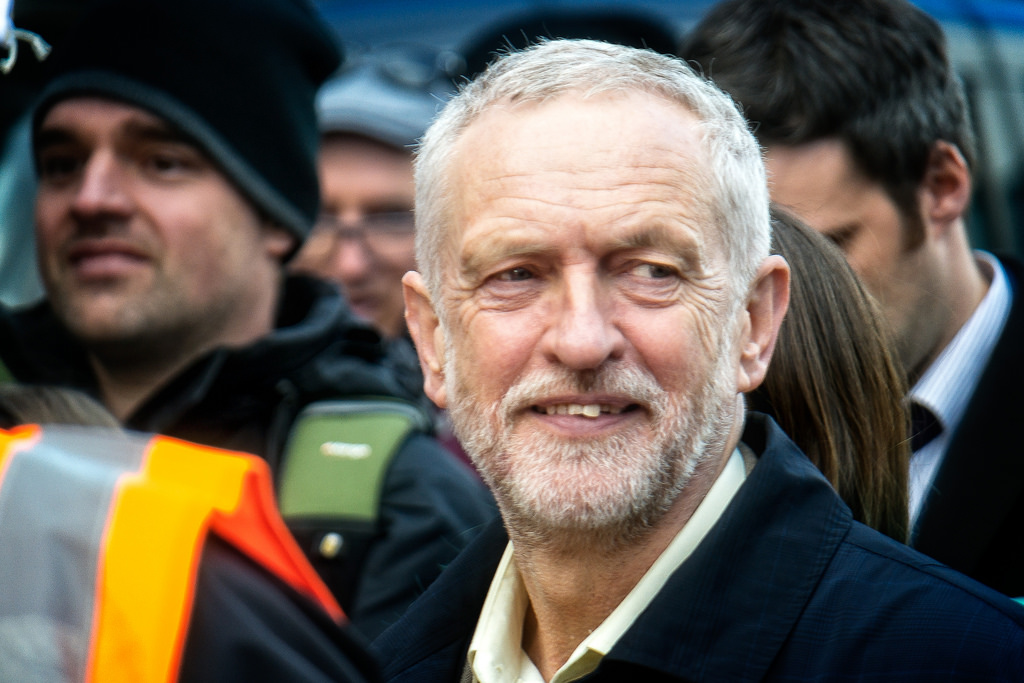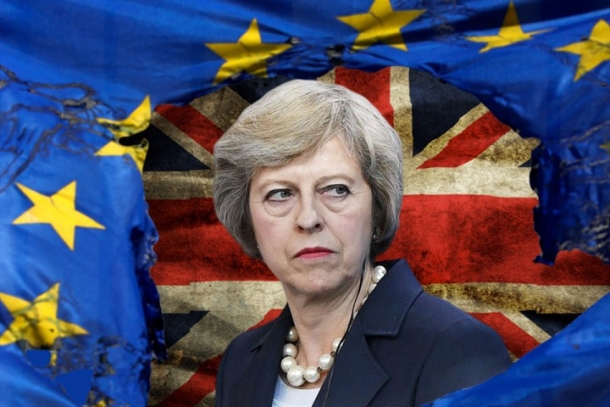On Monday, David Davis and Michel Barnier – the lead Brexit negotiators for Britain and the EU respectively – announced that an agreement had been reached to implement a 21-month transitional period following the original March 2019 deadline. During this time, the status quo would apply and the UK would effectively remain in the EU. The extension period, it is hoped, would be used to thrash out the final Brexit deal, including the as-yet-unspecified future trading arrangements.
The deal resulted in a collective sigh of the relief for the Prime Minister and her friends in the City of London. It provides Theresa May with some breathing space, whilst also giving big businesses more time to push their agenda.
Nevertheless, none of the fundamental contradictions around Brexit have been resolved. The denouement has merely been delayed.
At some point, the Tory Prime Minister will still have to either betray her arch-Brexiteer backbenchers by agreeing to stay in the Single Market and/or the Customs Union, or deal a blow to her banker backers by breaking off all ties with the EU.
Above all, there is still the major sticking point of the Irish border. There is no answer to this question that will not provoke a political crisis of one kind or another. Either a hard border returns, or there is a border in the Irish Sea, or there are no borders at all – that is, Britain remains in the Single Market and Customs Union.
 Nothing has been resolved over the Irish border / Image: Flickr, Tiocfaidh ár lá 1916
Nothing has been resolved over the Irish border / Image: Flickr, Tiocfaidh ár lá 1916
The first option would shatter 20 years of the Good Friday Agreement. The second would be anathema to May’s rabid government partners, the DUP. The third would be unacceptable to Brexiteer Tories.
This week’s agreement could therefore quickly unravel, putting the Prime Minister back at square one and making the prospect of a train-crash Brexit dangerously likely.
Doom-and-gloom
Alongside May’s political headaches, the economy remains in the doldrums.
“There is light at the end of the tunnel”, explained Chancellor Philip Hammond in his Spring Statement last week. “But we are still in a tunnel.”
In reality, there is no light ahead – unless it is the light from an oncoming train.
Britain has the lowest economic growth in the G7 group of nations. In November, Hammond was forced to deliver a truly grim set of forecasts for the UK’s long-term growth prospects, with lasting implications for living standards and public finances.
Despite some slight revisions, these pessimistic projections have not gone away in the Chancellor’s latest figures.
Real wages remain below their 2007-8 level. The result is that, in February, high street spending fell for the ninth time in 10 months, marking the weakest start to the year for six years.
“Consumer spending is at risk of posting one of the worst [first quarter] results on record,” stated Mark Antipof, chief commercial officer at Visa. “Unless the squeeze on incomes subsides, it looks unlikely that household spending will pick up anytime soon.”
Austerity Britain
We are told that public finances have improved over the past six months. But this ‘improvement’ comes after eight years of brutal austerity and decades of cuts.
And the government is planning more of the same. Any extra cash will not be used for spending on overstretched schools and hospitals. This ‘windfall’ is not going to transform the delivery of public services.
There will still be no money for crisis-ridden councils, who have had their grants slashed by nearly 50 percent. They are therefore still cutting services to the bone, even using up their reserves.
There is nothing for the working poor who are facing further benefit cuts. These will affect around 11 million families, including 5 million of the “struggling families” that Theresa May has talked about.
Anything extra will be used to pay off debts to the money lenders – a curse that has been shifted onto the backs of the weakest sections of society.
“Chancellors always talk up the positive numbers,” says Paul Johnson of the Institute of Fiscal Studies, “but we’re not out of austerity; we’re nowhere near out of austerity. There are still big spending cuts and big social security cuts to come.”
Backlash
This is producing a fierce backlash against the government. People are fed up with austerity.
In a recent poll by Survation, half said that they expect the UK to slide into a recession within the next two years. 62 percent said they wanted the Chancellor to announce real increased spending on public services. Significantly, half of Tory voters think that the cuts have gone too far.
 The British public is sick of Philip Hammond's austerity measures / Image: Flickr, Gareth Milner
The British public is sick of Philip Hammond's austerity measures / Image: Flickr, Gareth Milner
The poll also revealed a 7 percent surge in support for Labour. It placed Labour on 44 percent, the Tories on 37 percent, and the Lib Dems on 9 percent. UKIP has crashed to 3 percent.
Such a result in a general election would place Corbyn in power with a healthy majority.
The May elections look set to be disastrous for the Tories, where many of their seats will fall to Labour. The government is reeling from one crisis to another. Pressures are building up and Brexit is turning into a disaster.
“Young people have flocked to the 68-year-old Mr Corbyn’s cause,” explains the Financial Times. “The angry mood that led to Brexit could yet give Britain the most left-wing government it has ever seen.”
“Britain hasn’t had a violent revolution since 1640-60,” states the Economist. “But the next five years could test Britain’s immune system to the limits.”
For a socialist Labour government
A new Labour government is going to face enormous challenges. It will face sabotage from big business. They will carry out a flight of capital and cause a run on the pound. They control the economic levers and they will use them to block any Labour government threatening their interests. They will, in other words, throw down the gauntlet to the government.
As we have explained many times, Labour must meet this challenge head on by mobilising the Labour movement and carrying through emergency legislation in Parliament to abolish the House of Lords and the monarchy, both of which will be used to thwart the will of the people.
 With a Labour government now on the cards, Corbyn must prepare a radical, socialist programme / Image: Flickr, Garry Knight
With a Labour government now on the cards, Corbyn must prepare a radical, socialist programme / Image: Flickr, Garry Knight
Labour should introduce an Enabling Act to nationalise the commanding heights of the economy – the top 150 monopolies, banks and insurance companies – under democratic workers’ control and management.
Workers should be mobilised to support this by taking over their factories and workplaces, establishing committees to oversee their running.
On this basis, Labour could draw up a socialist plan of production, involving all layers of society. This would include a mass programme of building new houses, schools and hospitals, providing affordable public transport and ensuring that all have a guaranteed job with decent pay. Austerity would disappear overnight.
Such an approach would easily provide the extra wealth needed to increase living standards and abolish poverty. The working week could be cut dramatically and thereby allow people the time to participate in the running of society.
This socialist transformation of Britain would be a beacon to workers in Europe and throughout the crisis-ridden world. This is what we should be fighting for.

